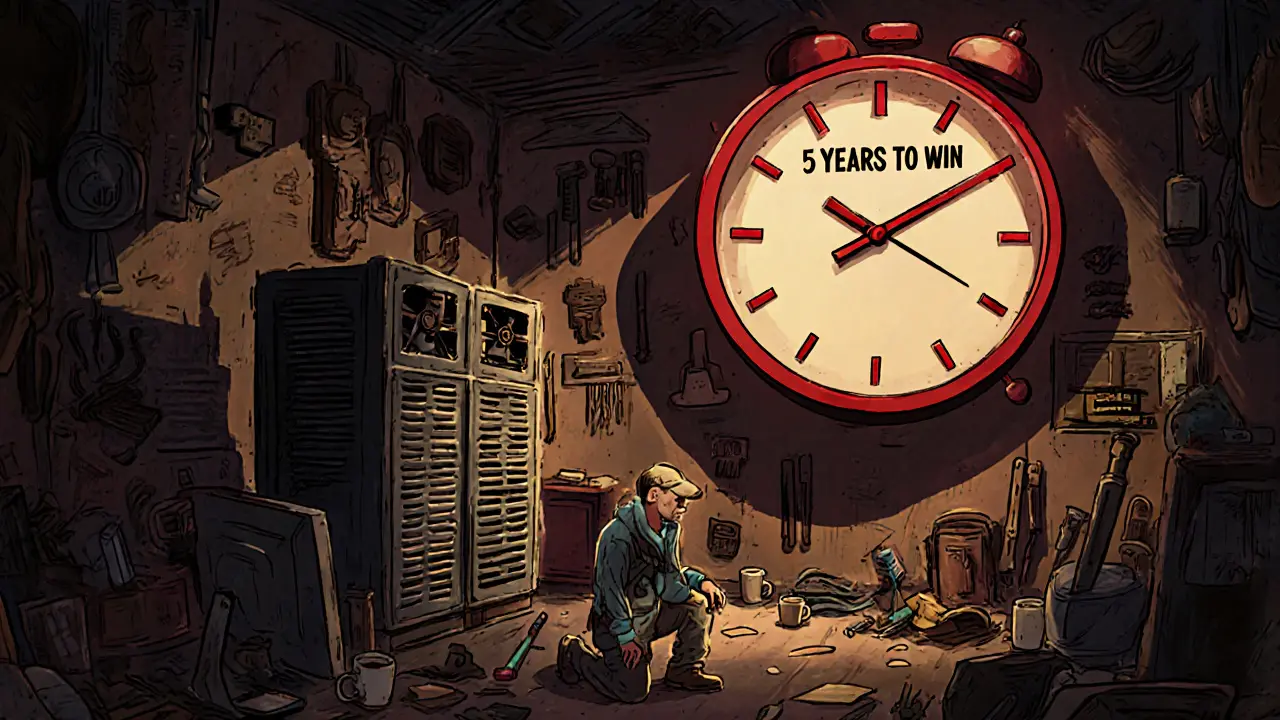Mining Pools Explained: How They Power Bitcoin and Other Crypto Networks
When you hear about mining pools, groups of cryptocurrency miners who combine their computing power to increase their chances of earning block rewards. Also known as mining collectives, they’re the backbone of Bitcoin mining and other proof of work networks that still rely on brute-force computation to secure the blockchain. Without mining pools, most people wouldn’t stand a chance at earning Bitcoin—individual miners with home rigs would wait years for a single reward. Pools fix that by pooling resources and splitting payouts based on contribution.
Think of it like a lottery syndicate: instead of buying one ticket alone, you join 100 others, buy 100 tickets together, and share the prize if you win. That’s exactly what mining pools do. Each miner contributes hash power—measured in terahashes per second—and gets paid a share of whatever the pool finds. The bigger the pool, the more often it finds blocks, and the more regular your payouts become. But not all pools are equal. Some charge higher fees, others have better payout structures, and a few even offer instant payouts or support for multiple coins. You’ll find real-world examples of how miners in Kazakhstan, Norway, and Pakistan navigate these choices in the posts below.
mining hardware, specialized machines like ASICs designed to solve cryptographic puzzles faster than regular computers. Also known as Bitcoin miners, these devices are expensive, power-hungry, and get outdated fast—but they’re still the only way to compete in proof of work networks. That’s why many miners cluster in places with cheap electricity, like Kazakhstan or parts of Canada. The posts here show how energy crises, tax policies, and regulations have reshaped where and how mining happens today. You’ll also see how some mining pools evolved into more complex operations, while others collapsed when Bitcoin’s difficulty spiked or when miners moved to staking-based chains like Ethereum 2.0.
What’s clear from the collection below is that mining pools aren’t just technical tools—they’re economic ecosystems. They connect hardware owners, electricity providers, software developers, and investors. Some pools even have their own tokens or governance systems. Whether you’re curious about why Norway never gave tax breaks to miners, how Kazakhstan cut mining after an energy crash, or why some people still mine Bitcoin in 2025 despite the odds, the posts here cut through the noise. You’ll find real stories, not hype. No fluff. Just what works, what doesn’t, and why it matters right now.
